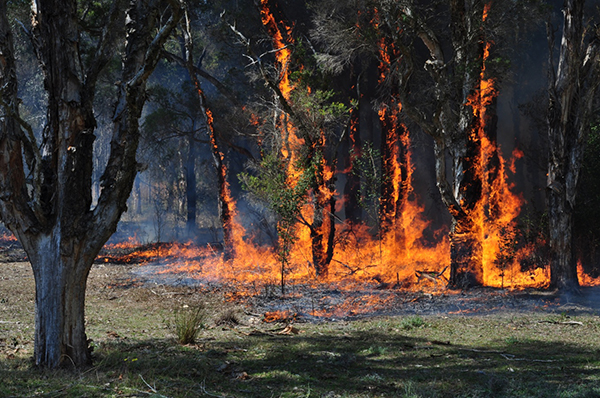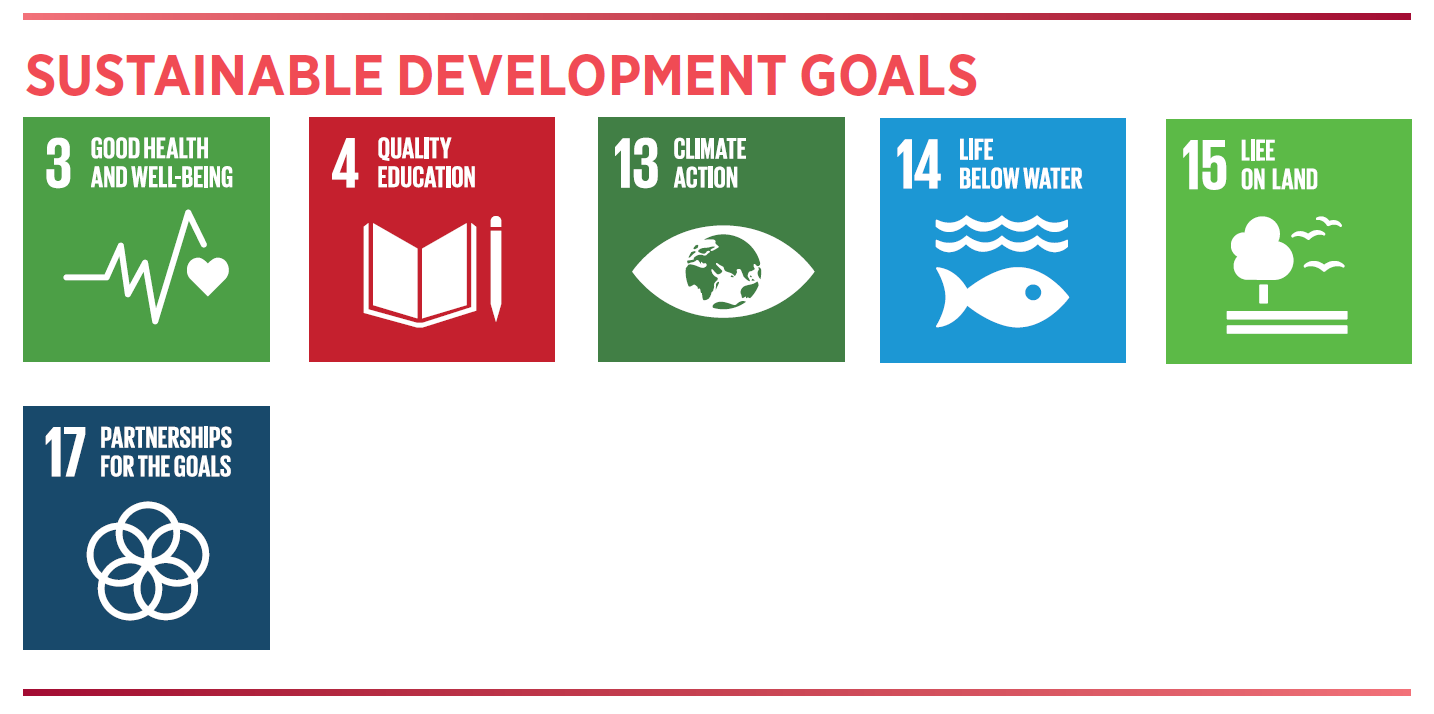- Division of Infrastructure and Commercial
- Achievements
-
Action Plan
- - Commitment
- - Environmental & Institutional Context
- - Resilience & Climate Change
- - Sustainable Energy
- - Water Cycle Management
- - Green Star Buildings & Precincts
- - Waste & the Circular Economy
- - Biodiversity Conservation
- - Biosecurity & Environmental Health
- - Regenerative Agriculture
- - Transportation & Travel
- - Social & Corporate Responsibility
- Environmental Performance
- Campus and Accessibility Maps
- Carbon Neutrality
- Hawkesbury Farm
- EV Charging Stations
- Living Labs
- Plans, Publications & Reports
Biodiversity Conservation

Significant areas of remnant vegetation on Western’s campuses include approximately 500 ha of Cumberland Plain Woodland on Hawkesbury campus, natural and cultural heritage associated with Vineyard Creek on Parramatta campus, and other valuable remnants on Kingswood and Campbelltown campuses. These remnants are habitat to some of the most vulnerable and endangered fauna and flora in NSW.
Overview
Key Strategies Emerging
Ecosystem health is reliant on the maintenance of critical habitat both for flora and fauna.
Bush regeneration is a primary strategy across the campuses to ensure this occurs. Bushfire management is also key in controlling weeds and the recovery of native species in large remnants such as Hawkesbury.
A first Biodiversity Stewardship Agreement has been formally established for a 117 hectare site on Hawkesbury campus in partnership with the NSW Biodiversity Conservation Trust (opens in a new window). As well as supporting ongoing management and stewardship needs, this agreement will enable significant living lab opportunities and potential for indigenous engagement, along with supporting progress towards carbon neutral and future climate positive outcomes.
Teaching, research and engagement are also key strategies and examples include:
- Bushland at Hawkesbury campus is used for world leading research by Hawkesbury Institute for Environment (opens in a new window) (HIE) such as the EucFACE site
- Vineyard Creek on Parramatta has significant natural and Indigenous cultural values, with the area developing as a Living Lab as well as community engagement such as annual Clean Up campaign days.
Management Initiatives Underway
Management initiatives underway include:
- Management requirements, living lab and engagement opportunities, associated with the Hawkesbury Biodiversity Stewardship site.
- Bushfire preparedness, planning and hazard reduction / ecological burns undertaken at Hawkesbury with NSW Rural Fire Service.
- Bush regeneration activities across all remnant areas over the past years, with a current focus guided by Bushland Management Strategy (PDF, 5828.1 KB) (opens in a new window) on Vineyard Creek, Parramatta campus.
- Development underway of a Biodiversity Management Plan for all remnant native vegetation and Plant Community Types (PCTs) across our campuses.
Related Living Lab Initiatives
Compliance Requirements and Risk
Western is a named stakeholder in the Cumberland Plain Recovery Plan (opens in a new window), with management activities undertaken in a manner with State Threatened Species and Commonwealth Biodiversity regulations.
Risks associated with not managing these remnants includes a loss of ecological integrity from ecologically threatening processes (e.g. weed and feral animal invasion), along with threats to research and public infrastructure assets from uncontrolled bushfire.
Establishment of the Hawkesbury Biodiversity Stewardship Site commits Western to additional management actions over the long-term, with a trust fund established in support of the associated Biodiversity Stewardship Agreement.
Trends and Interdependencies
The biodiversity credits established under the Hawkesbury Biodiversity Stewardship Agreement enables internal coordination with developing carbon offset costs associated with becoming carbon neutral, and integration of ecosystem service credits as a key component of future climate positive outcomes.
Management activities at all sites has been progressively underway for a number of years, with Vineyard Creek the most recent focus of primary bush regeneration.
Climate change implications for Western Sydney clearly indicate projected increases in bushfire risk, potentially impacting both asset protection and ecological integrity.
Targets
| 2021 | Establishment of Biodiversity Stewardship site |
|---|---|
| 2025 | Contribution of biodiversity credits to Climate Positive pilot, Hawkesbury campus |
Initiatives and Case Studies
Biodiversity Stewardship Site
The establishment of a Biodiversity Stewardship Agreement for 117 hectares of bushland on Hawkesbury campus is a very important initiative. This extends along The Driftway and the southern edge of the campus between Londonderry Road to the west and Blacktown Road to the northeast, and encompasses a number of Plant Community Types (PCTs) and associated ecological communities.
The Biodiversity Assessment Method determined the Ecosystem Credits associated with this area, and their value as a development offset. A Trust Fund enables payment to Western for specified management actions, along with an untied amount which will be used to fund carbon offsets in Western’s pursuit of becoming carbon neutral. In effect, the value of ecosystem credits support both management action and broader environmental sustainability in Western’s path towards becoming a climate positive organisation.
Vineyard Creek, Parramatta
Protected between an easement and the Rydalmere light industrial area, Vineyard Creek is a significant area of natural and cultural heritage. Within a transition of threatened ecological communities, examples remain of the original riparian communities of River Peppermint (E.elata).
Habitat supports species including the original Burramatta eels, whose lifecycle takes them to the Coral Sea and back.
Current efforts include bush regeneration activities guided by Bushland Management Strategy (PDF, 5828.1 KB) (opens in a new window), and Living Lab engagement with Communications and Environmental Education students.
Hawkesbury Bushfire Mitigation
Hawkesbury campus has been a major focus for bushfire mitigation through the efforts of the Hawkesbury Bushfire Unit (BFU). Developed to help protect the EucFACE (opens in a new window) site for critical research, the BFU comprises technical, management and security staff on site.
Coordinating with the Rural Fire Service (opens in a new window), the BFU have equipment and procedures for preparedness, and have undertaken hazard reduction burns and live fire responses.

Mobile options:


